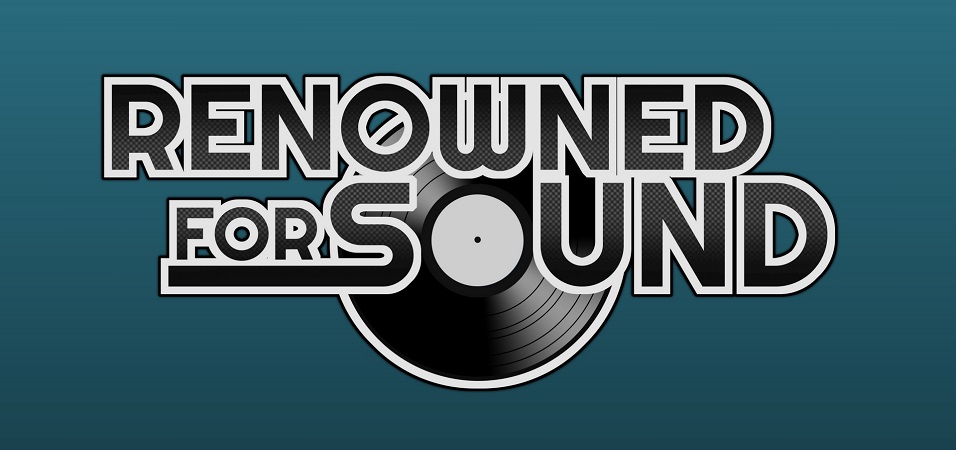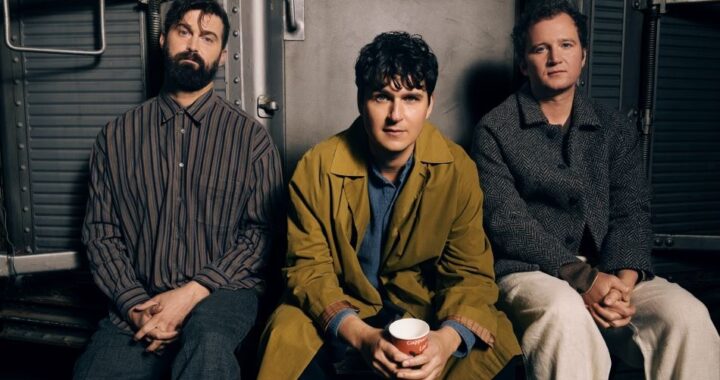Album Review: Joe Bonamassa – Different Shades of Blue
3 min read
Joe Bonamassa’s latest contribution to the modern blues scene starts with Hey Baby (New Rising Sun), a brief introductory instrumental that immediately sets the tone for the whole album, managing to sound sad yet resilient and ultimately triumphant in the space of a minute and twenty seconds. First proper song Oh Beautiful! starts with Bonamassa singing a reverberating a cappella intro before delivering a powerful riff. The song proceeds to alternate between loud instrumental sections and quieter sections where the vocals are almost completely unaccompanied. The music on offer here definitely sounds like what you’d expect blues rock to sound like in the 21st century. Bonamassa proves himself a capable guitarist, especially on a solo that wails all over the place. His backing band provides adequate support, especially the keyboards that are prominent enough to make a good impression but don’t overshadow the guitar work on offer.

Love Ain’t A Love Song is an even more upbeat number that has its funky vibe improved considerably by the addition of a horn section. Living on the Moon is fundamentally the same as the previous one, complete with raw guitar sound and vibrant brass. Heartache Follows Where I Go twists things around a bit by introducing a chilled-out swinging rhythm to the guitar-and-horns combination, making a distinct impression that is also helped by another good guitar solo.
Never Give All Your Heart is a slower, moodier number that features the occasional piano part at just the right moment, adding excellent depth to this number that once again showcases Bonamassa’s talents as both singer and guitarist (but mainly the latter). The song closes with a solitary piano, an interesting touch that adds to what is one of the better tracks on the album.
Right from the opening guitar strums, I Gave Up Everything For You, ‘Cept The Blues cements itself as an earnest throwback to classic twelve-bar blues numbers, even adding in some doo-wop backing vocals in the process. Though everyone involved plays with considerable professionalism, the track as a whole feels a bit incongruous in the context of the album as a whole and thus feels like one of the weaker tracks on the album.
The title track, on the other hand, takes in so many different modern influences that it starts to sound a little too homogenous. The slow, even-tempered manner of the song is a point in its favour, but the balladry on offer leaves a fair bit to be desired. Get Back My Tomorrow adds a stomping rhythm to a solid yet not too remarkable number reminiscent of the theme song from The Sopranos. The keyboard work is definitely a highlight, though.
Trouble Town marks a return to the big, brassy sound that defined the first half of the album. It’s a welcome piece of bombast to counter the two more emotional tracks that preceded it and also ends up providing the breather before the album reaches its final track. So, What Would I Do starts with a world-weary piano melody before segueing into a smooth blues ballad that introduces strings behind one more guitar solo before closing the album on a very relaxed and charming note.
Detractors will argue that modern blues musicians’ dedication to honouring the classic aspects of the genre is what ultimately ends up stifling the genre’s capacity for creativity and evolution. Such criticisms could easily be applied to Different Shades of Blue and its tendency to reuse certain traits from the classics, often to the point where whole tracks and even individual guitar solos start to blur together. With this in mind, the album still manages to offer enough variety to keep things fairly interesting. No matter how he ends up displaying it, it’s clear that Bonamassa is a talented guitarist and that fans of the instrument should definitely find something to like on this album.



